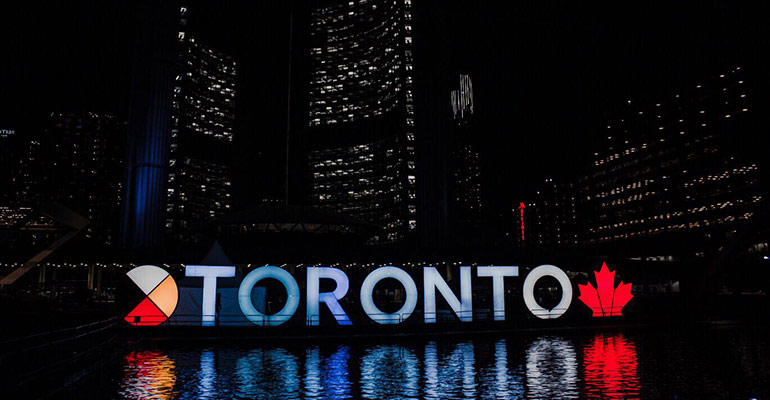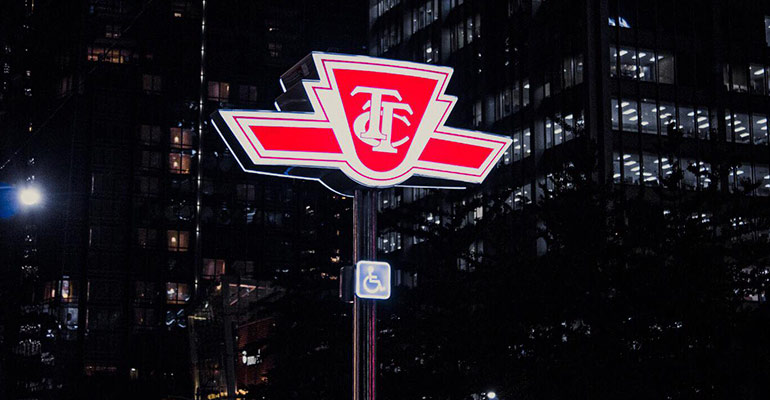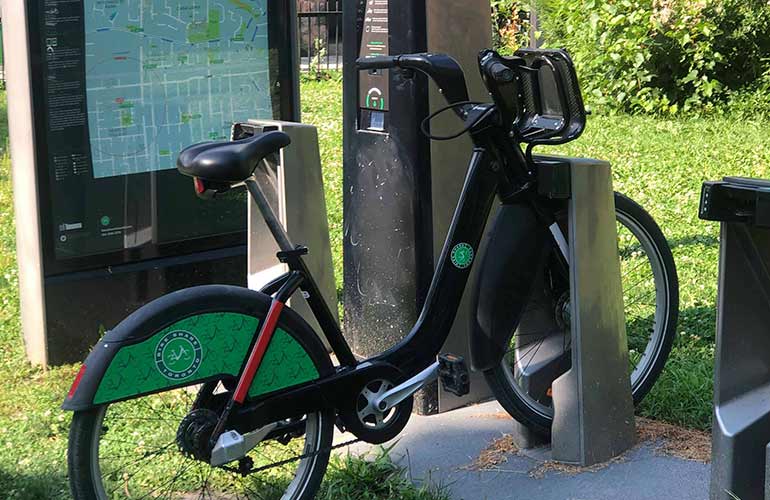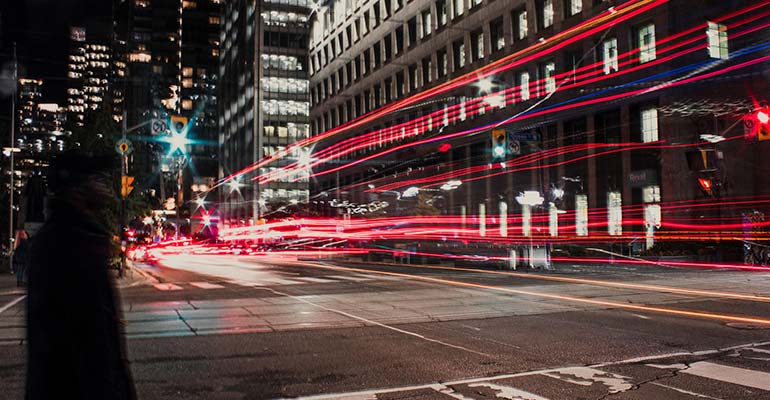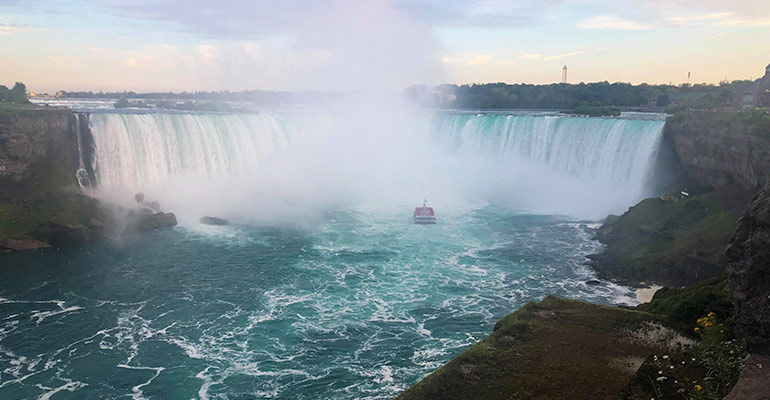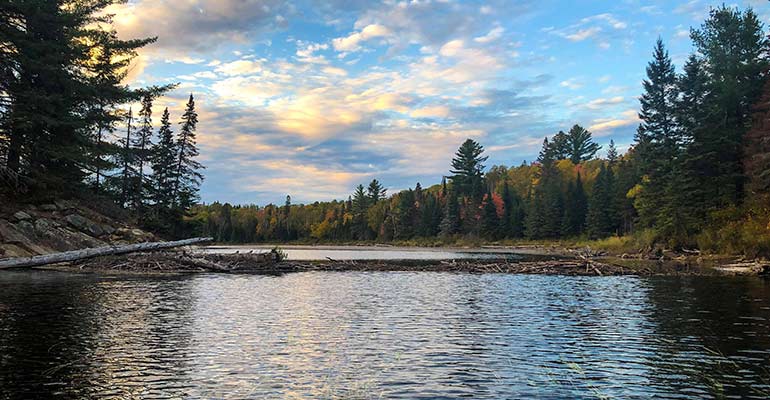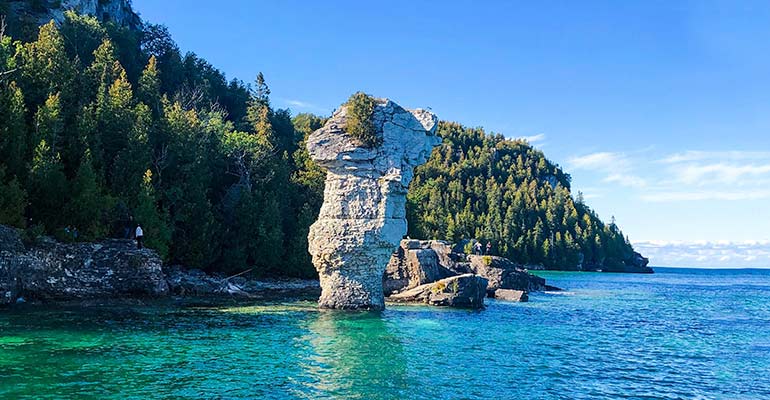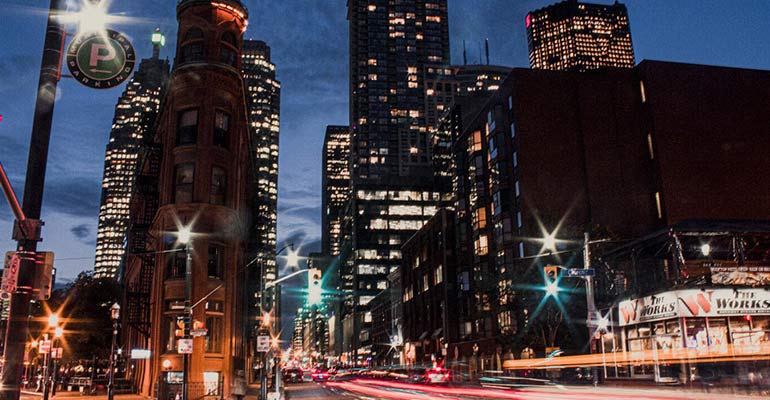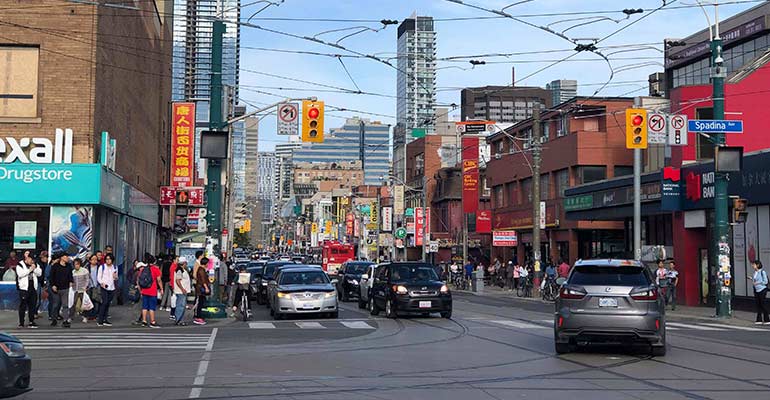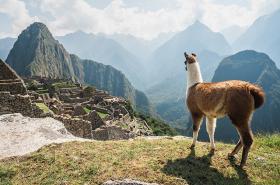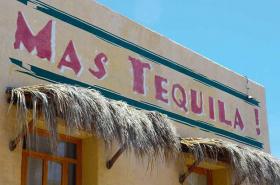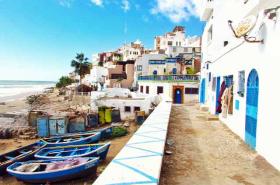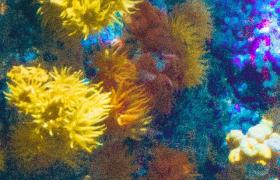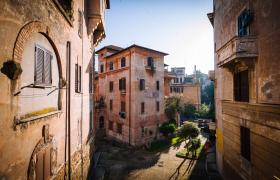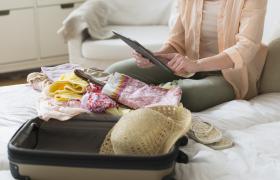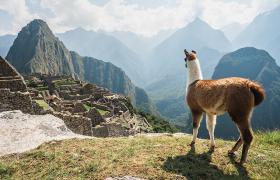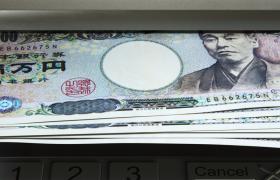When planning a trip to Canada, many Kiwis opt to stay on the west side. Granted the west has more than enough to offer a traveller, boasting glorious mountain peaks, crystal clear lakes, world-class skiing and plenty of Canadian wildlife. Canada as a country is enormous though and has so much more to explore outside of British Columbia, Alberta and the surrounding areas.
Travellers have begun to realise this, and, recently, the east side has gained in popularity, namely Toronto and Montreal. The region is quite literally on the other side of the world to New Zealand, so getting there is no easy feat. The 25+ hours of travel is very much worth it, though, especially if you give yourself ample time to explore.
Image credit: @eminuskinToronto is one of the most multicultural cities in the world, bursting with ethnicities from all corners of the globe. Eclectic neighbourhoods like Little Italy, Little Portugal, Korea Town, Greek Town and Chinatown surround the city, giving you plenty to explore and more than enough to satisfy a craving for any cuisine.
Not only that, but its proximity to the US border and New York City has allowed it to become a hot spot for filmmakers and those wishing to make it on the big screen.
When visiting Toronto, the most important thing to remember is that the city is far bigger than the downtown precinct. Taking the time to explore the surrounding suburbs (still considered part of Toronto) as well as the surrounding towns will give you an incredible glimpse of what life is like on the eastern side of Canada.
Travel Money team member, Abbie, took the leap and moved from sunny Brisbane, Australia (close enough to New Zealand) to Toronto, and has put together a guide for first-time visitors.
Toronto Basics
Language – English, though many people speak different languages depending on where they have immigrated. You'll be fine speaking English; they might struggle with your Aussie twang though.
Currency – Just like the rest of Canada, they use the Canadian Dollar.
Getting around – Toronto is very well serviced by public transport, with streetcars (trams), a subway, buses and 'GO trains' that will take you further afar. You can also use Uber and cabs. Public transport is your cheapest and fastest option, with each trip only $3.25. Grab a Presto card for $7 and load it up so you can tap on and off on all public transport.
Toronto Subway Sign. Image credit: @eminuskinIf you're here in the warmer months (April – October), you can also consider hiring a bike to get around. Toronto has a bike-share program with stations across the city. Single-day hire starts at $7, or $15 for a three-day pass. I would highly recommend biking around, as the roads have plenty of bikeways and it's the best way to explore the city when it's warm out.
Toronto bike share.ATMs - They're everywhere with most charging $2.50 for a transaction. You'll be able to get away with using your Cash Passport Platinum for most sales in Toronto; however, it is still worthwhile having cash on hand as some cafés and smaller retailers only take cash.
Planning a Toronto Itinerary
If you're planning a trip to Toronto, there are some things you will need to book in advance and others you can sort out once you arrive. It's a big city, and if you want to fit in some of the surrounding areas, you'll need to plan your trip to an extent.
With this in mind, we've put together some recommendations for both a short and more extended stay. We won't give you a minute-by-minute breakdown of what you should do, instead find a list of some must do's during your stay.
Don't forget - if you're coming straight from New Zealand, it's important to remember that the time zones are flipped, so allow yourself at least one day to get over the jetlag.
Short Stay: 2 – 4 days
I would highly recommend at least three days to get a solid grasp of Toronto. It is far more than a stopover city and is well worth your time.
Get to know the city.
Explore the city. Start in the west around Parkdale and make your way east to Corktown. This is a lot of ground to cover, so I'd recommend Googling some places to eat and drink along the way. As you wander, you'll find eclectic shops, unique locals, plenty of delicious food and drink and some cool graffiti murals. Exploring the city will probably take you 2 or 3 days in itself.
Make sure you hit the following places:
Kensington Market – A pumping bohemian neighbourhood at the heart of Toronto. You'll find excellent jerk chicken, cool op shops and amazing oriental food.
Chinatown – Every city has one, and all are unique. It's close to Kensington Market so that you can kill two birds with one stone.
Distillery District – Breweries, bars and plenty of restaurants. If you're here in December, make sure you head to the Christmas market.
Younge – Dundas Square – Kinda like the Times Square of Toronto, this bustling square is the entrance to the Eaton Centre (Toronto's biggest mall) and has street performers and huge billboards.
Toronto stree. Image credit: @eminuskinTrinity Bellwoods (West Queen West) – The park is one of the most popular in Toronto, and for a good reason. In summer you can pack a picnic (and a few bevvies) to enjoy with Toronto locals in the park. In the winter you can skate for free on the park rink. Here you'll also find plenty of squirrels, birds, cute dogs and, if you're there at night, maybe even a skunk (fun, but keep a distance to avoid the stank). The view of the CN tower is pretty nice from here too.
Parkdale –Look beyond the rougher exterior to find one of Toronto's coolest neighbourhoods. Stay on Queen street, between Bathurst Street and Landsdown Street.
The junction – An up and coming little nook with cheap eats, cool bars and groovy patrons.
See a live sport game
Don't miss seeing a classic North American game while you're here. Main options include:
-
Toronto Blue Jays (Baseball)
-
Toronto Maple Leafs (Ice Hockey)
-
Toronto Raptors (Basketball)
-
Toronto Argonauts (Canadian Football)
If you're keen on catching a game, be sure to book in advance as tickets sell out very quickly. They're not always cheap either, so be sure to budget appropriately. If they are slightly too expensive, there are minor leagues that you can also go and watch to get a similar experience for a fraction of the cost.
Take a trip to Niagara Falls
This monolithic waterfall is definitely worth the effort, and pretty much everyone agrees the Canadian side is far prettier.
Toronto to Niagara Falls is less than a two-hour drive. If you're not keen on renting a car, however, you can also access the falls via train and bus. A round trip will set you back around CAD 35.
If you choose to spend a night out there, avoid staying in Niagara town and instead opt for Niagara on the Lake. It's far more beautiful and slightly less touristy.
Either way, pack a poncho and get close to the falls either on a boat ride or for free on the sidewalk. They are seriously epic and host a light show every night.
Long Stay: 5 – 10 days
In addition to doing everything mentioned above for the short stay, consider the following if you are lucky enough to be in Toronto for a bit longer.
Take a trip to Algonquin or the Bruce Peninsula/ Lions Head
This recommendation is dependant on the time of year you visit. If you're here between November and February, it might be best to steer clear of the outdoors unless you have proper winter camping equipment as she gets pretty nippy.
Algonquin National Park is about (or aboot if you have the accent) as Canadian as it gets. Here you can canoe the lakes and see the gorgeous surroundings bursting with wildlife. If you're lucky, you can see Loons (Canadian national bird, like a big duck), beavers, moose and bears. During the warmer months, you can catch a park bus from Downtown Toronto to Algonquin for $100 roundtrip. It is especially worthwhile if you're visiting around late September and October, as the fall colours are out in full force. It's worth spending a few nights up here, so either camp or rent out a cottage or Airbnb.
Beaver dam at Algonquin National Park.The Bruce Peninsula and Lions Head is an equally appealing option. You can catch a park bus here, but I would recommend hiring a car for a trip to this area which is four hours away from Toronto and perched on Lake Huron.
As they are slightly more remote, the Lake's water is crystal clear, and you'll be able to spend your days exploring the coastline, popping into local breweries and enjoying a slower pace of life. This is the perfect opportunity to relax after a few days in the city.
Flowerpot Island, Lions Head.Visit a Museum
Toronto has heaps of Museums, which are a great option to get out of the cold on winter days. An excellent choice for families as well, with tickets starting at $14. Check out the different websites to line up an exhibition that interests you.
Go Ice Skating
If you're visiting Toronto in winter, you can't miss the opportunity to go outdoor skating. Rug up and hit any of the public rinks scattered around the city. Most bigger parks will have a free rink, though not all have skate hire.
Nathan Philips Square (in front of the Toronto sign), is a hot spot for skaters of all skill levels, as is the Harbourfront Centre and Dufferin Grove Park. Whether you glide with ease or cling to the side like an Orangutan, you are bound to have a good time.
Eat as much as possible
Toronto is literally bursting at the seams with incredible restaurants and small places to eat. Aside from the obvious Canadian treats of poutine, beavertail and maple syrup, you can fulfil any craving while in the city.
Your best bet is to pick a cuisine and give it a google. Alternatively, there are plenty of blogs and vlogs detailing foodie hotspots in the city. Get started on Ossington road or in Kensington Market and go from there.
How much to Budget for a trip to Toronto
I'm not going to sugar-coat it, Toronto is rather expensive. If you're coming from New Zealand, I would compare the costs to that of Auckland.
Image credit: @eminuskinWhen looking at menus or price tags, remember the price you see isn't the price you'll pay, as tax and potentially tip needs to be added to the bill. In Ontario, the tax is 13%, and for service-related purchases (bars, restaurants etc.) you're looking at a 10 – 20% tip depending on your generosity and the quality of service.
Most of the time, you can add a tip on when paying with a card, either choosing an exact amount or a percentage. Otherwise, keep a few smaller notes on hand for tips.
Everyone's budget differs depending on their travel style (budget vs. luxury) and their purchasing habits. With this in mind, we recommend you give our budget planner a crack. It's super simple and will spit out a budget personalised to your needs.

